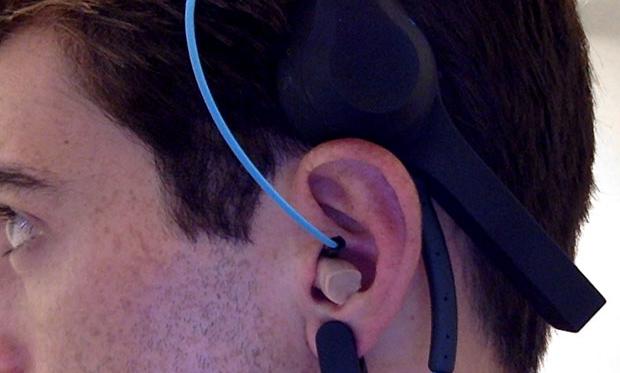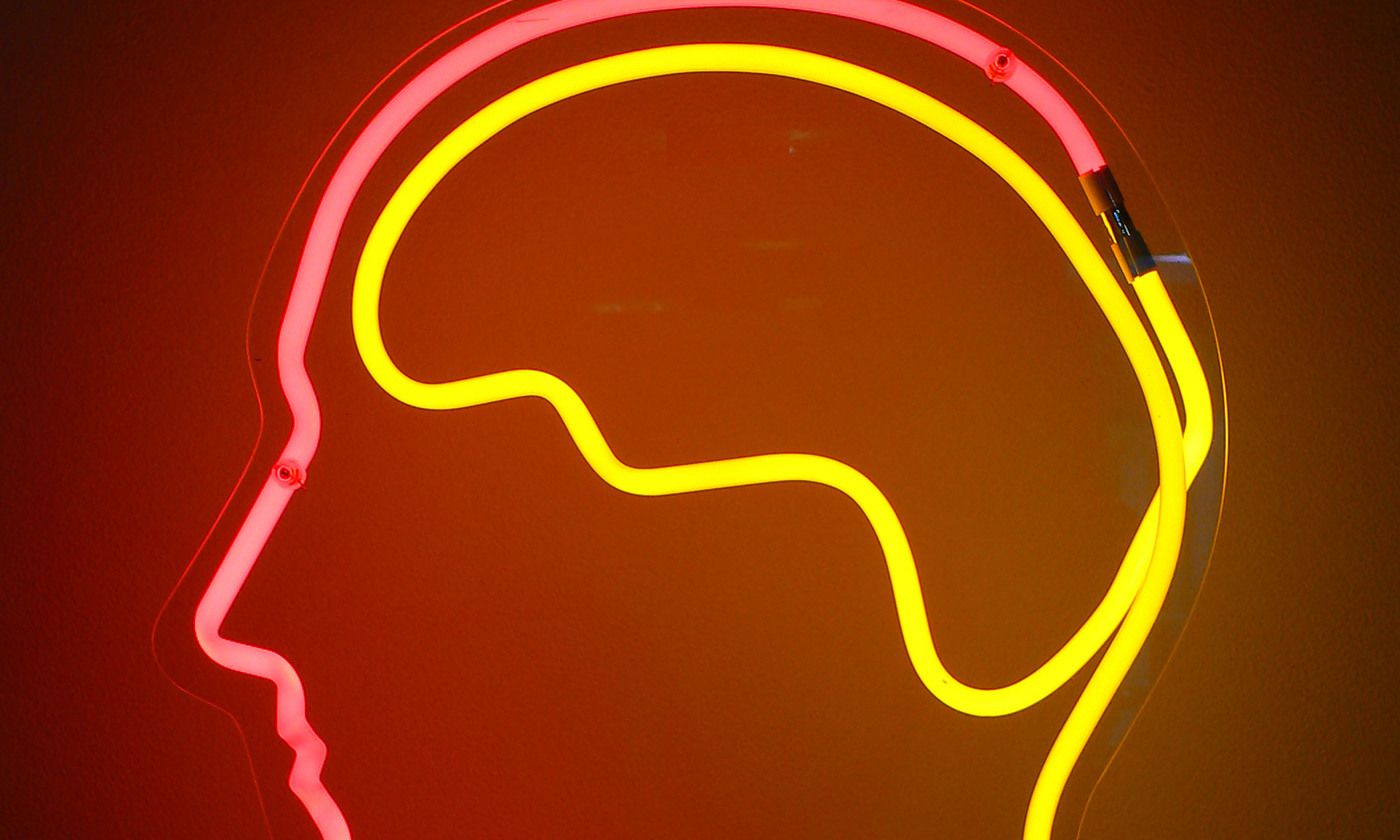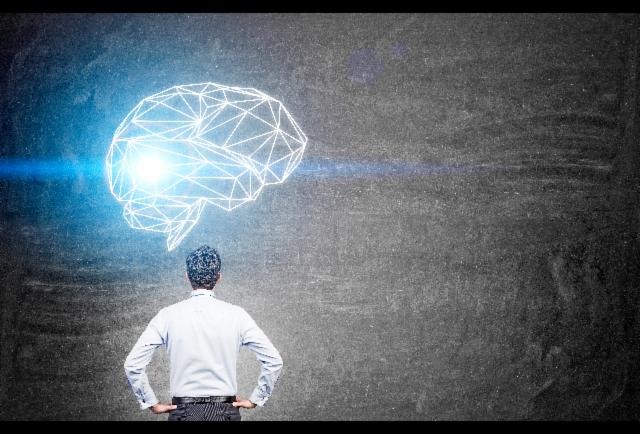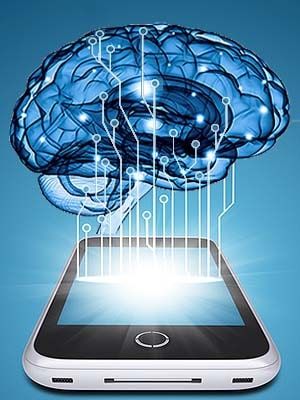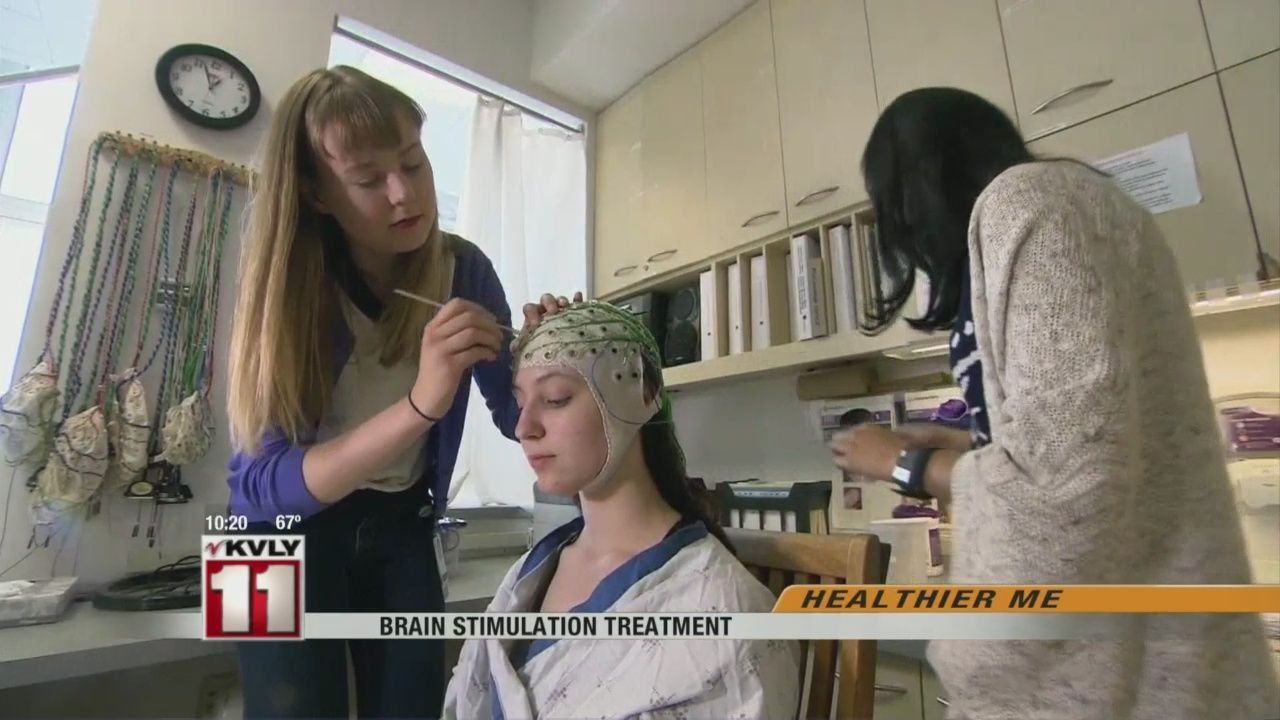I will say that many great innovators and inventors had some sort of spiritualism that they drew from to provide another angle on how to see/ perfect an idea or innovation. Jobs, Tesla, Edison, Bell, da Vinci, Carver, etc.
The Properties of Space.
Science works best when in harmony with nature. If we put these two together, we can discover great technologies that can only come about when the consciousness of the planet is ready to embrace them. One example is “free energy,” also known as “zero-point energy,” which utilizes the substance that exists all around us and converts it into usable energy. This would give us a limitless source of energy, and would practically wipe out all poverty on the planet. (more on this later in the article)
The properties of space have been postulated by many, from ancient Vedic philosophy, Eastern Mystics, various ancient civilizations throughout human history all the way to Descartes, Einstein, Newton and more. Humans are curious beings, and our quest to discover “what is” will never end.


